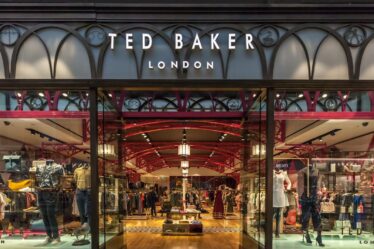
US sales growth is expected to slow this holiday season as consumers facing decades-high inflation cut back on discretionary spending, according to the Mastercard SpendingPulse report released on Tuesday.
No longer able to bank on pandemic relief aid, budget-conscious consumers are looking to stretch their dollars amid soaring prices of food and gas and are turning to bargain hunting, which is expected to drive up e-commerce sales amid an overall slowdown.
Holiday spending growth is projected to slow to 7.1 percent from 8.5 percent a year earlier, according to the report, while online sales are expected to increase 4.2 percent building on last year’s substantial growth.
Companies including retail giants Walmart Inc and Target Corp, which had stocked up on goods following shortages last year due global supply-chain disruptions, are now left with a glut of inventory as consumers cut back on spending.
Retailers are looking to offer steep discounts to offload excess stock. “This holiday retail season is bound to be far more promotional than the last,” said Steve Sadove, senior adviser, Mastercard.
Over the past two years, consumers were seen starting their holiday shopping as early as October on fears that in-demand products would disappear from shelves by around Thanksgiving in late November.
This year, US retailers appear unsure about forecasting shopping behaviour, with department store Macy’s Inc indicating another early start to holiday shopping, while Best Buy Co Inc has warned that Americans may delay their end-of-year gift purchases.
The Mastercard report tracks spending by combining sales activity in the company’s payments network with estimates of cash and other payment forms between Nov. 1 and Dec. 24 but excludes automobile sales and is not adjusted for inflation.
By Mehr Bedi; Editor: Vinay Dwivedi
Learn more:
How Fashion Brands Should Talk About Inflation
The growing price of raw materials and ongoing supply chain disruptions will force most companies to pass along those costs to consumers. Here’s how brands can navigate potential price increases.



